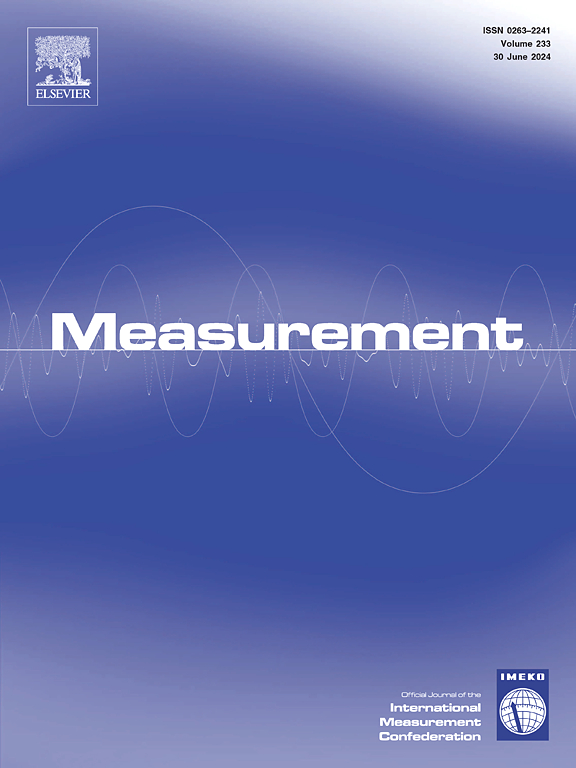MP-KAN: An effective magnetic positioning algorithm based on Kolmogorov-Arnold network
IF 5.2
2区 工程技术
Q1 ENGINEERING, MULTIDISCIPLINARY
引用次数: 0
Abstract
Magnetic Positioning (MP) technology represents a novel approach to locating spatial particles, notably medical capsules, wherein the inherently weak and susceptible-to-interference magnetic signals pose stringent demands on spatial positioning algorithms. Traditional methods are usually limited to polynomial fitting, which limits the generalization of the algorithm and the positioning accuracy of the near field part. In this paper, we introduce a magnetic positioning algorithm grounded in the Kolmogorov-Arnold network (MP-KAN), innovatively introduces the neural network method into the magnetic positioning system, providing a novel research idea for the positioning algorithm. Distinguishing from the learnable weight parameters inherent in the traditional model, the KAN network introduces a learnable activation function formulated through spline functions. This innovation enhances model accuracy by leveraging multiple spline curves and executing summation operations at nodes to facilitate regression predictions. Furthermore, the residual of the predicted position and the L1-parameter in the KAN layer and its entropy regularization are used as the prediction loss, and thresholds are strategically set at the network nodes to enhance the generalization ability of the model and obtain the optimal configuration. The proposed method achieves the goal of improving the positioning accuracy of the system while ensuring that the algorithm has a nearly constant positioning accuracy regardless of the distance between the target and the measurement system. The results of an experimental demonstrate that the maximum positioning error within the data set stands at 0.24 mm, the maximum relative error is 5.72 %, the minimum relative error is 0.25 %.
求助全文
约1分钟内获得全文
求助全文
来源期刊

Measurement
工程技术-工程:综合
CiteScore
10.20
自引率
12.50%
发文量
1589
审稿时长
12.1 months
期刊介绍:
Contributions are invited on novel achievements in all fields of measurement and instrumentation science and technology. Authors are encouraged to submit novel material, whose ultimate goal is an advancement in the state of the art of: measurement and metrology fundamentals, sensors, measurement instruments, measurement and estimation techniques, measurement data processing and fusion algorithms, evaluation procedures and methodologies for plants and industrial processes, performance analysis of systems, processes and algorithms, mathematical models for measurement-oriented purposes, distributed measurement systems in a connected world.
 求助内容:
求助内容: 应助结果提醒方式:
应助结果提醒方式:


